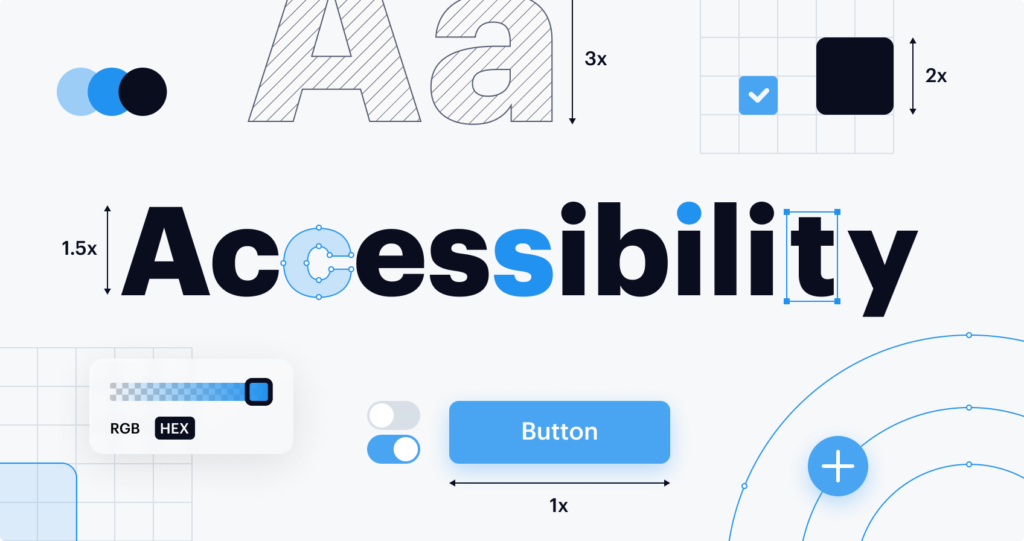What is digital accessibility? A guide to the principles of accessing digital content

Digital accessibility is about making digital content for online tools, websites, products, apps, documents, and more, accessible to every user. It allows people with disabilities to access the same content any other non-disabled person can.
Whether a person is using a screen reader or has other cognitive disabilities, anyone consuming digital content is able to access and get the most out of it.
Principles of Digital Accessibility
There are four main principles of digital accessibility that fall under the Web Content Accessibility Guidelines (WCAG). They are known as POUR and are considered the pillars of content.
All digital web material should comply with these WCAG categorized principles. The principles consist of:
1. Perceivable
The user interface and information must be given to the users in a way that they can perceive the information and make sense of it. For some users, information can be recognized visibly; for others, it can be perceived by touching or through assistive technology. Hence, it should be accessible so that it is visible to all senses!
Perceivable Guidelines:
- Text alternatives should be provided for content with no text-like images so that it is translatable into other forms like braille, symbols, speech, or larger print
- Provide alternatives to time-based media
- Create adaptable content that can be structured in different ways without losing its original information or intent
- Make content easier for users to hear or see
2. Operable
Making digital information operable means users can successfully use navigation, buttons, and controls. Even users who use assistive technology like screen readers, voice recognition, or keyboards should be able to operate the controls.
Operable Guidelines:
- All functions should be accessible from the keyboard
- Give enough time to users to read or access the content
- The content shouldn’t be designed in a way that causes physical reactions or seizures
- It should provide easier navigation
- Users should be able to operate functions through other inputs apart from a mouse and keyboard
3. Understandable
The user should be able to comprehend the information and the user interface. Format, presentation, design, and usage pattern should be appropriate in tone.
Understandable Guidelines:
- The text should be understandable and readable
- A web page should consist of and operate in a predictable manner
- Input assistance should be given for users to correct or avoid mistakes
4. Robust
Content should be robust enough for every user and assistive technology to interpret correctly so that users can easily access documents, websites, media, and other formats.
Robust Guidelines:
- Compatibility should be prioritized for technologies and user agents
Why should you be concerned about digital accessibility?

According to a study by the Centers for Disease Control and Prevention, one in every four adult Americans has a disability. About 4.6% of people have vision problems, and 10.8% have cognitive disabilities.
If we only accommodate the majority and don’t work towards making documents accessible to anyone, the information won’t reach everyone. To make the process easier, there is a variety of document accessibility software available on the market.
Today, almost every operation can be done digitally. We all mainly rely on the net for critical information. This means that people with disabilities won’t be able to access online education or read information related to their health. Hence, providing digital accessibility is essential!

